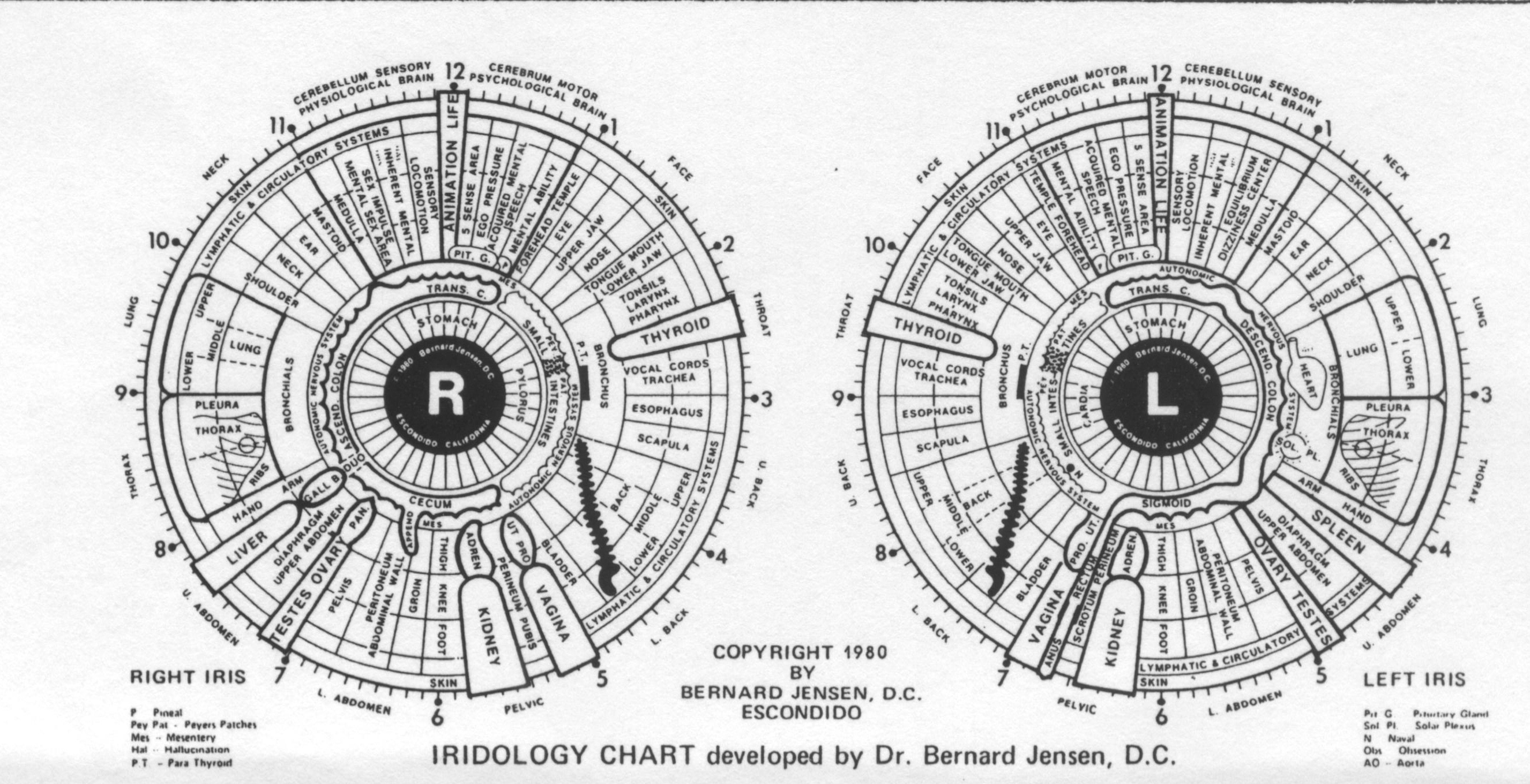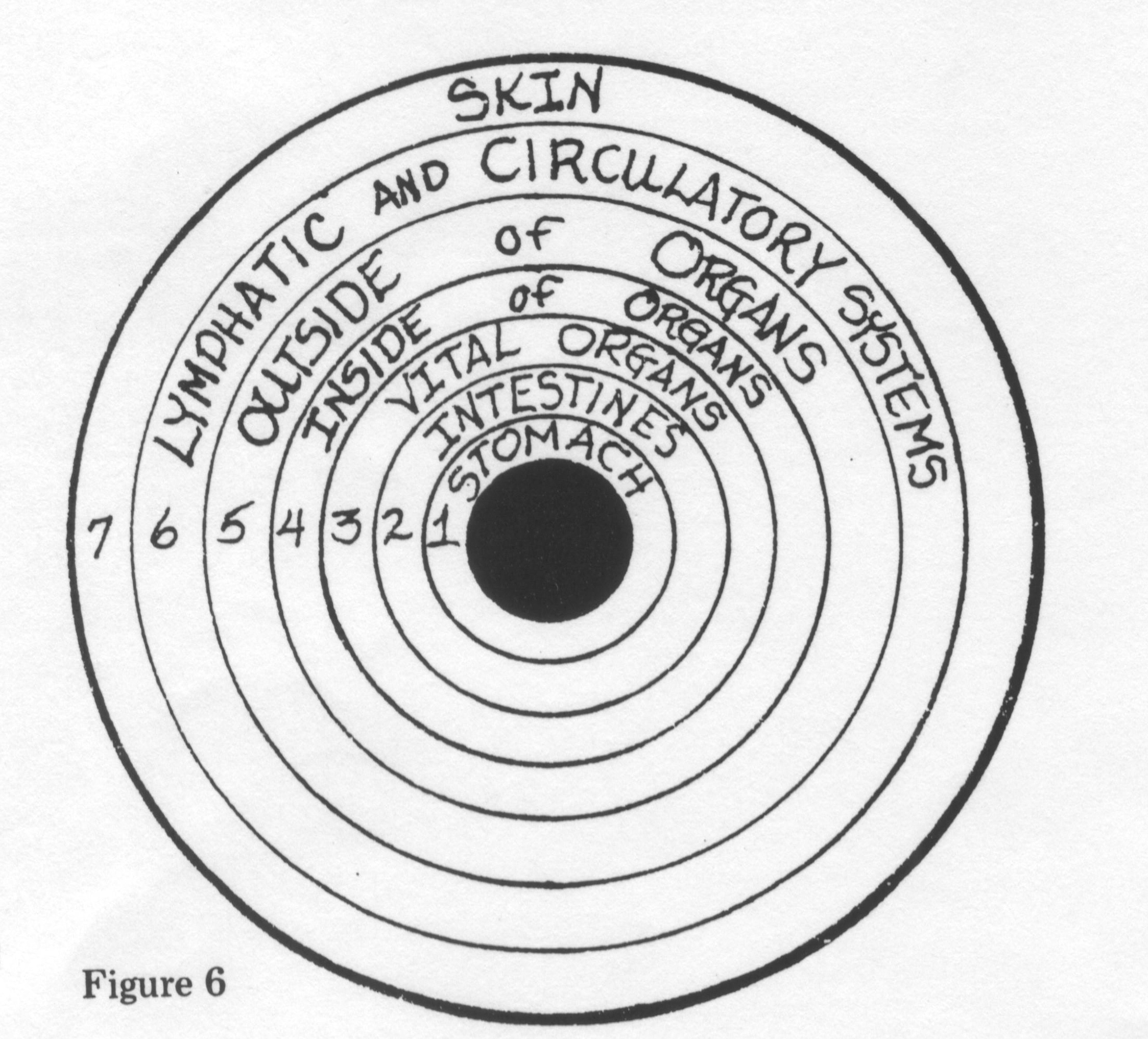 HBI HEALTH & HOMOEOPATHY CENTRE
HBI HEALTH & HOMOEOPATHY CENTREPromoting Homeopathy All Malaysia Over & Virtually
HOMOEOPATHY & IRIDOLOGY
by Mohamed Hatta Abu Bakar, HMD
(The British Institute of Homoeopathy)
Index
IRIDOLOGY 1
INTRO: IRIDOLOGY
Iridology is the study of the workings on the irises of the eyes and observation of changes that take place. It is a method of diagnosis and a monitoring of health conditions. The founder of this science ia a Hungarian Ignatz Von Peczely (1826-1911), who created the first chart of the iris based on his own findings.
Later many scientists and doctors conducted researches on iridology, revising and improving the iris chart. The most comprehensive and accurate chart was give by Dr. Bernard Jensen who pioneered the science of iridology in the United States. The chart shows the location of the organs as they reflex in the iris of the eye.
The iris is actually connected to every organ and tissue of the body by way of the brain and nervous system. The nerve fibres in the iris respond to changes in the body by manifesting a reflex physiology corresponding to specific tissue changes and locations. According to the iridology chart , there are over forty (40) known specific areas mapped on each iris. Under a magnifying glass, the iris reveals its code in the character of the individual fibres on it. It provides an insight into the state of a personís health, showing up weaknesses or strengths in the body organs and tissues.
In general, the left iris corresponds to the left side of the body and the right iris corresponds to the right side. Many parts or functions of the body are reflected in both irises. The conditions of organs and functions in the upper body is reflected in the top part of the iris while those organs and functions in the lower body can be seen in the lower part.
The first and the innermost zone is the one that relates to the stomach and the intestines, then we have the organs, then the blood and lymph systems, and finally the outermost zone which relates to the skin and elimination. Now refer to figure below:
This figure illustrates the seven areas or zones in which various organs are placed as definitely as possible (in accordance with present knowledge), outside of the inner ring. No. 2 is the landmark of the autonomic nerve wreath.
1. Stomach
2. Intestines
3. Vital Organs
4. Inside of Organs
5. Outside of Organs
6. Lymphatic and Circulatory Systems
7. Skin(http://www.herbs4us.com/shop/custom.asp?recid=8)
Virtually published for MHCL from: http://www.homeolibrary.com



